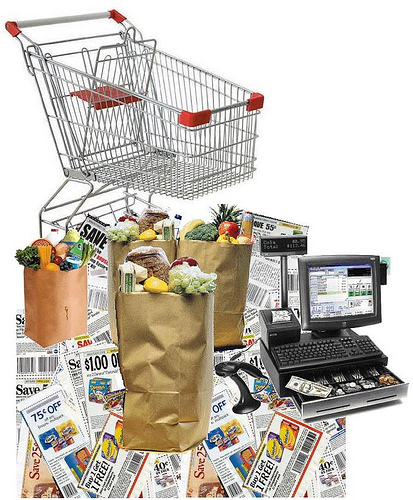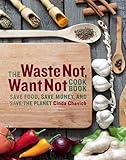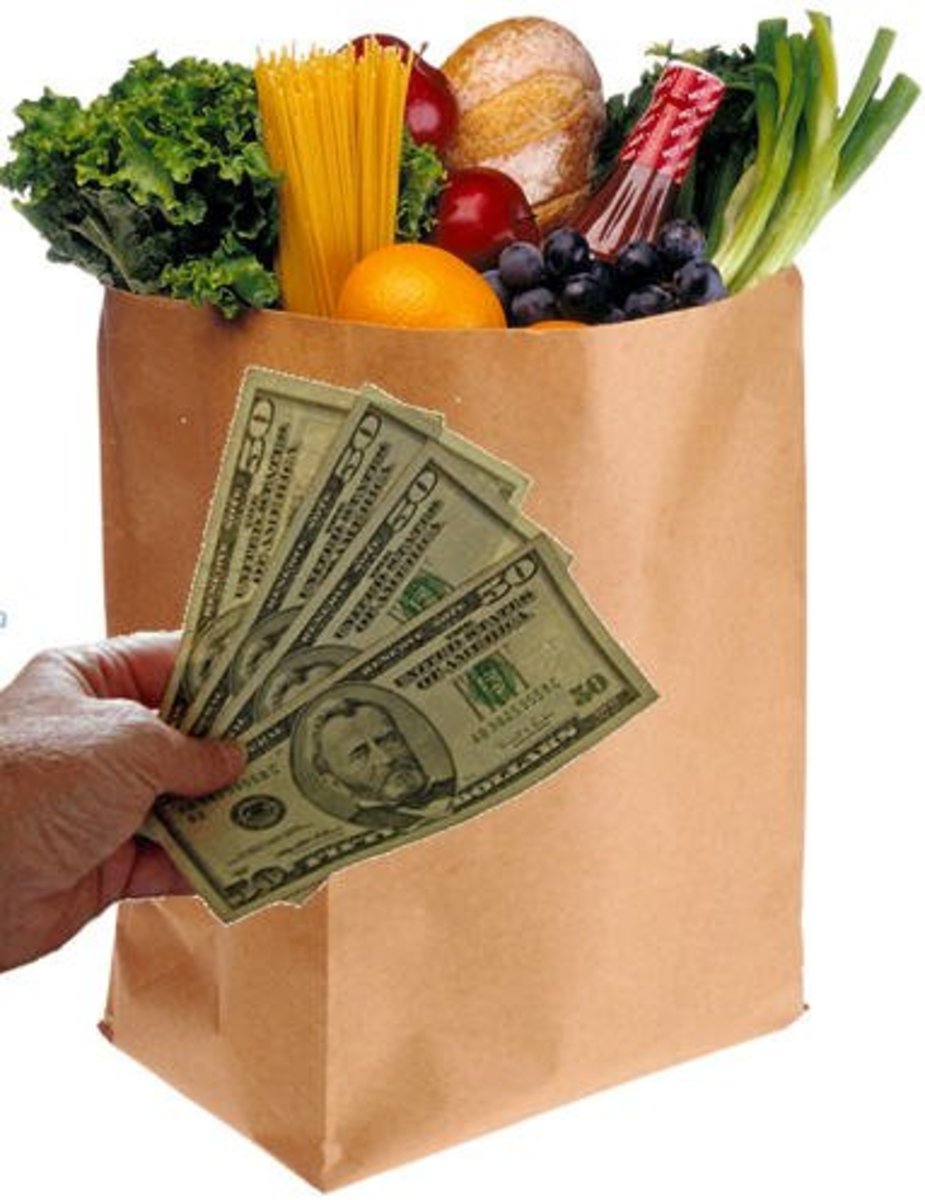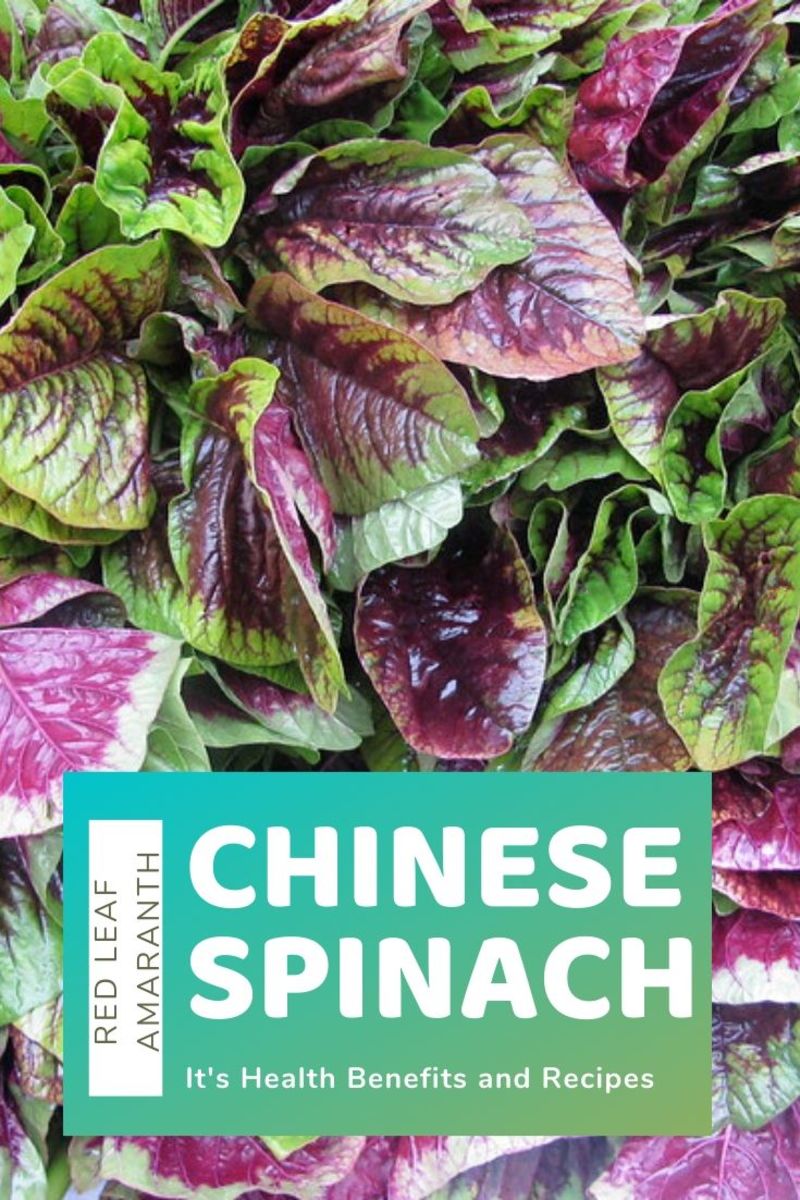20 Simple Tips for Spending Less Money on Food without Resorting to Ramen
Almost all of us have been on the broke college kid diet before. You know, you start to run low on cash and suddenly you find yourself filling up your pantry with Ramen noodles and microwave burritos or you stop off to get something from the $1 menu of a fast food joint. While that’s certainly a good way to make sure that you’re saving money on food, it’s not a very good way to stay healthy. In the long run, an unhealthy diet leads to health problems which can cost you a fortune in short-term and long-term medical care. A smarter approach is to learn now how to save money on food while still eating healthy.
Here is a look at twenty fairly easy steps that you can take to begin reducing your food spending without sacrificing your health:
1. Buy only what you need. One of the biggest ways that we waste money on food is by wasting the food itself. By learning to only buy what you’re actually going to eat before it expires, you’ll stop wasting money on food that doesn’t get eaten anyway.
2. Use smart techniques when buying in bulk. This goes hand-in-hand with Tip #1 here – don’t buy in bulk if you won’t finish what you buy. However, do buy in bulk if you’re getting staples that last a long time and will get finished. Alternatively, find a shopping buddy who will split bulk buys in half with you so you get the deal without getting too much stuff.
3. Go vegetarian and buy fresh food. Meat and dairy are some of the most expensive things that people buy at the grocery store. Packaged foods also rank high on the waste list. When you eat a steady diet of fruits and vegetables that are bought fresh from the produce section, you save money and you improve your health at the same time.
4. Drink more water. People spend way too much money on sodas, juices, coffee, tea and other beverages. By drinking more water, you stop spending money on those other drinks and you also benefit your body. Drink tap water; invest in a filter if your tap water isn’t very good.
5. Learn to plan your meals and make a strict shopping list. Try to plan meals that allow you to cook one item and use it throughout the week. For example, you may plan to make chicken with vegetables, chicken sandwiches and chicken soup one week. You’re only buying one kind of meat, your shopping list is pared down and you can clearly see what you need to purchase for that week’s meals.
6. Make a list of your favorite treats and get one – and only one – each time that you go to the grocery store. People waste a lot of money on bad-for-you-foods like candies and ice cream and chips and dip. If you try to cut them out all together then you’ll probably fail after a couple of months. However, if you make a list of your favorites and agree with yourself that you’ll indulge in just one at each grocery tip then you reduce the amount that you spend and the junk that you take in while still feeling like you get your little treats.
7. Do comparison shopping around town. Get to know which stores have the best deals on which products. You may find a bakery that has cheap fresh bread and a farmer’s market that’s good for affordable fruit. Make a list for yourself so that you can keep track of what to buy where and do your shopping in an organized fashion to get the best deal.
8. See if anything is better purchased online. Some foods (pasta, dried fruits) can be purchased online using discount codes and you may find that you save a lot of money this way. Do some research into where to get your favorite staples and see if the Internet is a good place. Make sure you factor shipping costs into the total price.
9. Use coupons but only for things that you would have bought anyway. Coupons can encourage us to spend on things that we wouldn’t otherwise spend money on but if they’re used right then they can save us money.
10. Make sure you’re always checking the “price per unit” as opposed to the total price of foods that you purchase. For example, a sale tab at the grocery store may show that 1 package of cookies costs $2 and the one next to it costs $3. However, if the $2 one comes with only half as many cookies then you’re paying more per cookie for that purchase. Most supermarkets will list the “price per unit” in small print.
11. Reduce your portions. Almost everyone over-eats. Learn to use small plates and to eat less in each sitting. Your body will be glad that you’re no longer stuffing it to the brim and your pocketbook will reflect the fact that you’re eating less. Of course, only do this in a healthy way – don’t starve yourself to save money!
12. Understand that paying for quality instead of quantity could be a smart move. This goes hand-in-hand with eating smaller portions. When we get foods that taste bland, we tend to over-eat to compensate for the lack of taste. When we get really rich foods (great cheeses, for example) we can eat less and be more satisfied so these foods actually last longer. Think about this when deciding on food purchases.
13. Take the time to learn how to cook the foods that are in season. Foods that are in season tend to be inexpensive. If you don’t know good meals for the ones that are in season now, look up a few recipes and see what you can do with them.
14. Save dining out for special occasions. People waste a lot of money dining at restaurants instead of eating at home or taking their lunch to the office. It’s a habit that you should break ASAP. Start thinking of dining out as something that you do for special occasions. You’ll appreciate the experience more and save a lot of money.
15. Find friends that you can trade food with. Imagine that you’re making a meal and suddenly realize that you need sour cream to complete it. You could run to the store and buy it or you could call up your best friend and see if she has some to spare. If she does, trade her something that’s in your kitchen but not getting eaten. If you make a plan to do this with several friends then you should be able to get those last-minute things that you need without spending excess money on them.
16. Barter for food. Bartering is an increasingly popular way to get what we need without spending any money. You can offer your services (house cleaning, babysitting, whatever it is that you do) in exchange for a fair amount of food from someone’s garden. Look to sites like Craig’s List for setting up such beneficial barters.
17. Plant your own herb garden. It’s fairly easy to grow many herbs in a kitchen garden. These are often very expensive when bought in the store but cheap when grown at home. Adding them to your cooking will improve the taste of your food.
18. Be smart about when you shop and with whom you do your food shopping. Don’t take your kids to the grocery store. Don’t go with the friend who always fills up her cart even if her fridge is already full. Don’t go when you’re hungry or you’re in too much of a rush to think about smart buys. Be smart about how you do your grocery shopping and you’ll spend a lot less on food.
19. Find someone to hold you accountable to saving money on food. Create goals for saving money on food (whether that’s groceries or dining out). Find a spouse, friend or family member who is also committed to these goals. Check in with each other once a week to keep each other in check.
20. Set a food budget and stick to it. It may be the last point on this list but this is really the number one thing that you can do to make sure that you save money on food. After a few months of running out of money and having to do the Ramen thing, you’ll probably learn how to spend your money better so that you don’t waste and can eat healthy on your budget.

- HubMob on Food and Recipes
This article is part of a HubMob series of articles on the topic of food and recipes. Follow the link to the other great articles in the series!

- 10 Ways to Save Money on Food Shopping
With the cost of food rising, we're all looking for ways to trim our grocery bills. WebMD asked some experts for tips and strategies on how to save money on food shopping while still eating healthfully. - 27 Ways To Save Money On Food | The Frugal Law Student
- Save Money on Food - Kiplinger.com
You gotta eat. The trick is to satisfy the hunger without starving your wallet.According to the U.S. Department of Labor, the average American family of four spends $8,513 per year on groceries -- that's $709 per month! And many of us blow - 20 Easy Tips for Reducing What You Spend on Food
- How To Save Money On Food - Coupon tricks, dining out, bulk food discounts...
Spend less while grocery shopping - Where to find discounted items, how local sellers can save you money, warehouse memberships, coupon tips and more.









